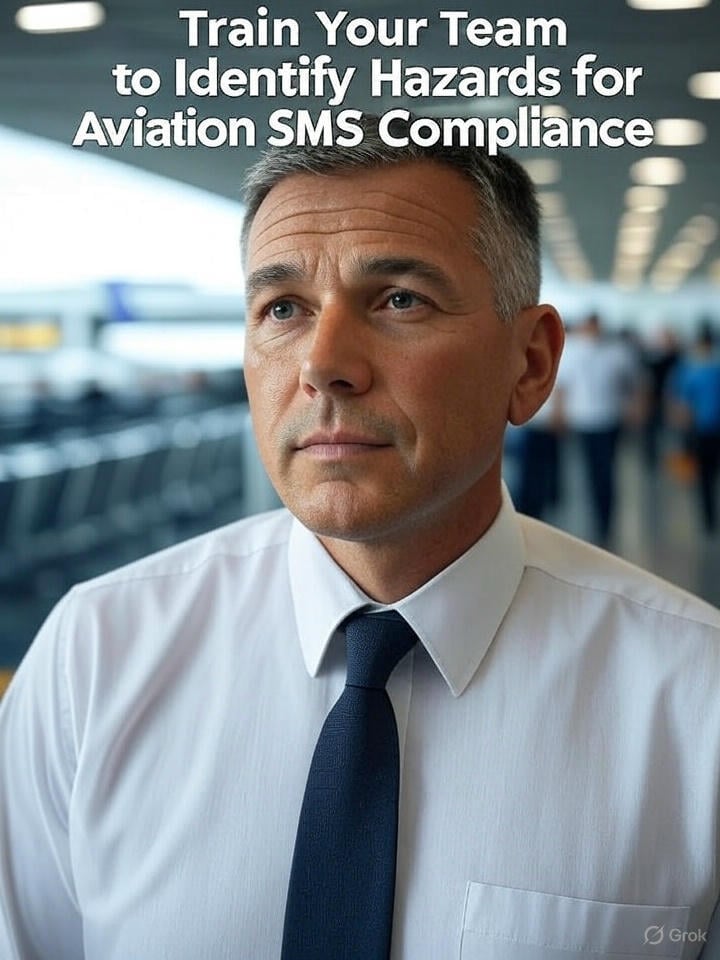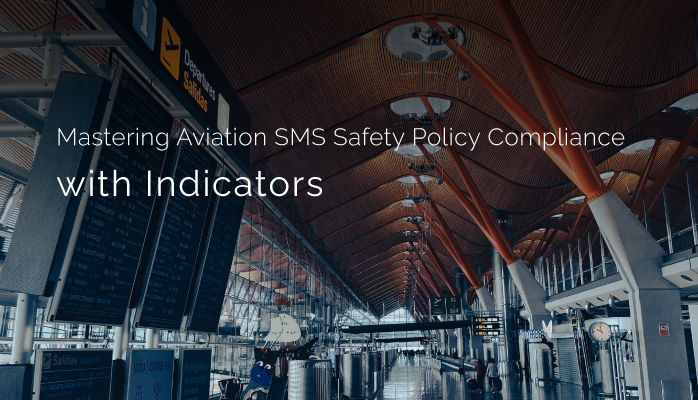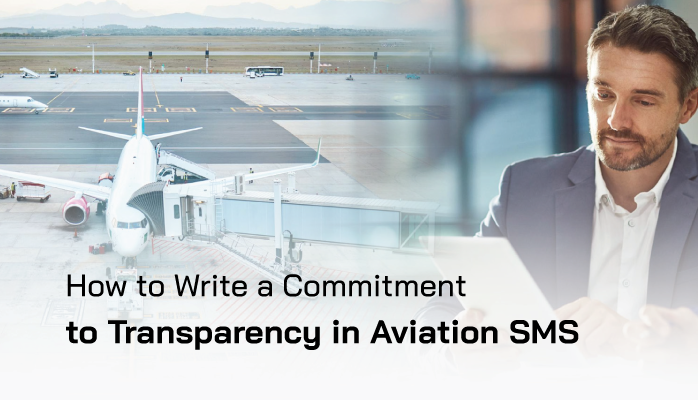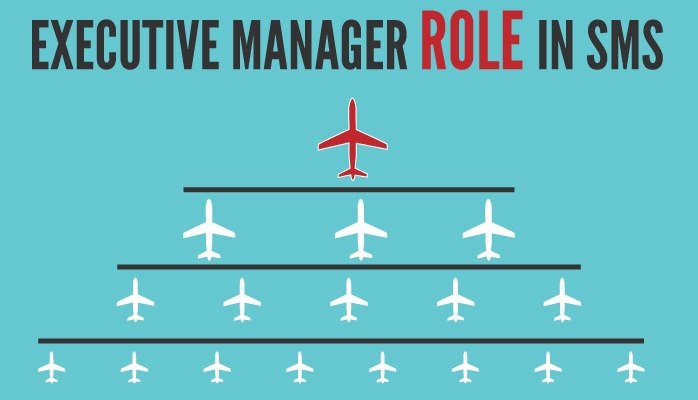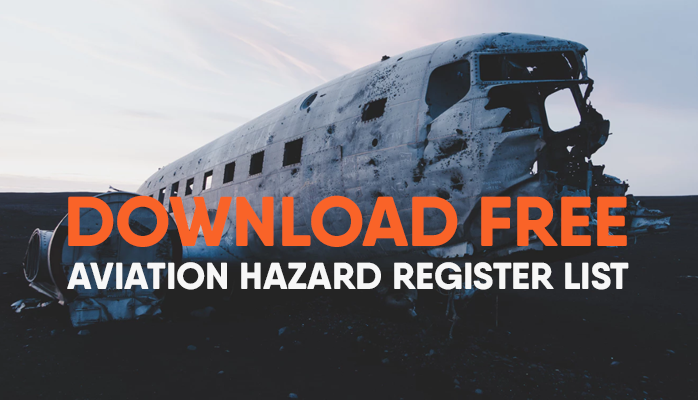Aviation safety managers operate in a high-stakes environment where identifying and mitigating hazards is critical to ensuring safe operations and maintaining regulatory compliance.
A robust Safety Management System (SMS), as mandated by the International Civil Aviation Organization (ICAO) and national civil aviation regulators like the Federal Aviation Administration (FAA), relies on proactive hazard identification. Training employees to effectively identify hazards through data analysis, employee reporting, and operational reviews is essential for building a resilient SMS and fostering a culture of safety.
This guide provides aviation safety managers with actionable strategies to train employees, practical examples, and best practices to ensure compliance with regulations such as ICAO Annex 19 and FAA Part 5. By equipping your team with the skills to recognize hazards, you can reduce risks, enhance operational safety, and demonstrate regulatory adherence.

